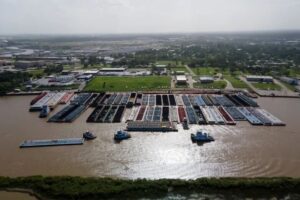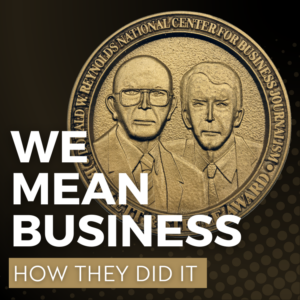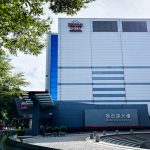Our lives are more internet-connected than ever. This has created the Internet of Things.
The Internet of Things (IoT) includes everything from sensors to the cloud, and is the idea of connecting your things, devices and people to the internet.
These devices range from your phone to your toaster and everything in between. It’s projected that by 2020 we’ll have more than 20 billion Internet-connected things. That’s more than three times the amount of Internet connected devices we had in 2016.
There’s more to the IoT than consumer devices, however. It’s also being integrated into a wide-range of industries.
Here’s a breakdown of what the IoT is transforming that you can look into locally.
Retail
The Zebra 2017 Retail Vision Study found that 70 percent of retail decision makers are ready to adopt IoT technology in order to dazzle customers. This is happening as e-commerce gains a larger presence, and Amazon opens its cashier-less stores. Retailers are installing sensors that detect wandering shoppers through their smartphones that will then offer them personal pricing and data.
Retail is increasingly focused on the customer experience, and nothing is worse than going to a store that doesn’t have what you need. To fix this, both customers and retailers will have various new ways to check up on inventory as well, to ensure shoppers find what they need.
Construction
The IoT is also changing the way things are built. Equipment can be used remotely, as augmented reality is helping construction workers find possible issues before they become a problem. Building information modeling is speeding up the design and build process as well.
The idea of architects and engineers huddled around blue prints at a construction site will soon be antiquated. Construction sites are more connected than ever as sites go paperless and integrate tablets and computers onto that provide reliable and essential information.
Supply Chain Management
In supply chains, manufacturers are using sensors to track sensitive materials in transit to ensure the quality of their products. They can track shipments in a variety of ways, include the climate around the object and how the shipment is handled on the delivery route.
This type of asset tracking in the supply chain could have an impact of nearly $2 trillion in the supply chain sector. Manufacturers will be able to better understand how product and supplies were handled during the shipment process, which could keep products from arriving broken, or supplies from being inadequate.
Education
Learning has never been easier since the advent of the internet, but IoT has been taking it to the next level on campuses. Students and parents can now receive personalized reminders about assignments and classrooms are more interactive than ever as more screens enter the classroom setting.
Schools are also saving money, which is especially important in a time when school budgets are being cut, because they can purchase reusable items like tablets and computers instead of paper. This paperless world has even opened debate on whether or not to teach cursive in schools.
Smart Cities
Smart cities are one of the most interesting aspects of the IoT revolution. AT&T has developed a smart street light that can monitor things like traffic, air quality, parking spots, all while providing smart lighting.
Cities across the world are adopting smart city technologies to track potholes, boost public safety and reduce energy usage. Our highways are receiving sensors as well, to help governments understand traffic flows and provide better data through dynamic messaging signs.











